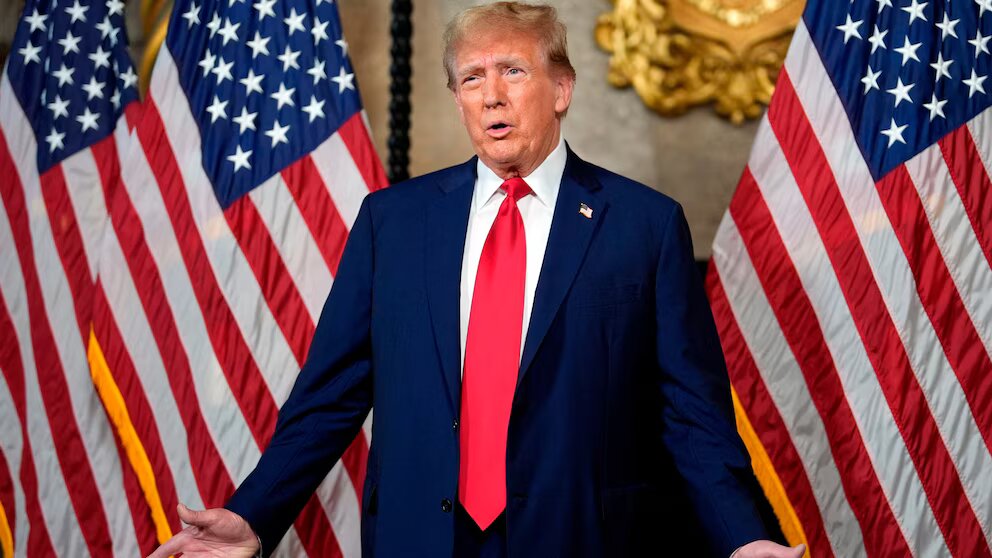The US Supreme Court ruled on Monday that former President Donald Trump should stay on the presidential primary ballots. This means that he will still be running for the White House in the electoral race.
The choice was made just hours before “Super Tuesday,” when people in dozens of states vote in the biggest primary election of the 2024 cycle. This is done before the general election in November.
In the case called “Trump vs. Anderson,” the disagreement ended with this motion. It started with the Colorado Supreme Court’s decision (4–3) to take Trump off the primary ballot in that state, saying that his actions on January 6, 2021, were against the Fourteenth Amendment. But the majority of the Supreme Court overturned this decision.
As a matter of fact, the high court said, “We reverse” because the Constitution says that Congress, not the States, is in charge of enforcing Section 3 against federal candidates and elected officials.
So, where did this fight start that was almost enough to get rid of Trump from the presidential race? At least a few people in Colorado sued the former president to keep him off the ballot. To do this, they said that the businessman and Republican candidate should be covered by Section 3 of the Fourteenth Amendment. This part of the Constitution from the time of the Civil War is meant to keep former officials who “participated in an insurrection” from running for office.
When the lawsuit was filed, the former president told his supporters to “fight like hell” on January 6, 2021. He also told Vice President Mike Pence to “do the right thing” and delay the process of certifying President Joe Biden‘s victory.
Nevertheless, Washington Examiner says that the risk of not letting the 45th president of the United States run in a new election lies in the fact that, even though most of the justices on the high court were appointed by Republicans, it was clear in the February 8 oral hearings of all of them that there are some worries that the electoral races and who can run in them could be
“The presidential election will be decided by just a few states.” “That’s a pretty scary outcome,” Justice John Roberts said during the arguments.
After the decision in Colorado on December 19, Maine Secretary of State Shenna Bellows said that state law requires her to handle lawsuits over who can be on the ballot. That’s why Bellows decided to take Trump off of that state’s ballot without consulting anyone else.
Trump filed appeals against both the Colorado and Maine decisions. In January, the Supreme Court agreed to hear oral arguments in the Colorado case on February 8. Recently, a court in Illinois also took Trump off of the ballot in that state. But each decision against the former president has come with an automatic suspension until the Supreme Court rules in “Trump vs. Anderson.”
Now that the Supreme Court ruled in Trump’s favor, he can go to the polls. This is a big win for the former president, who leads the Republican primary field with only former U.N. ambassador Nikki Haley as his main opponent.
There are four criminal charges against Trump, which he calls a “witch hunt.” He is now the favorite to be the Republican Party candidate. He is actually being tried for four different crimes, with a total of 91 charges against him. He has pleaded not guilty to all of them.

